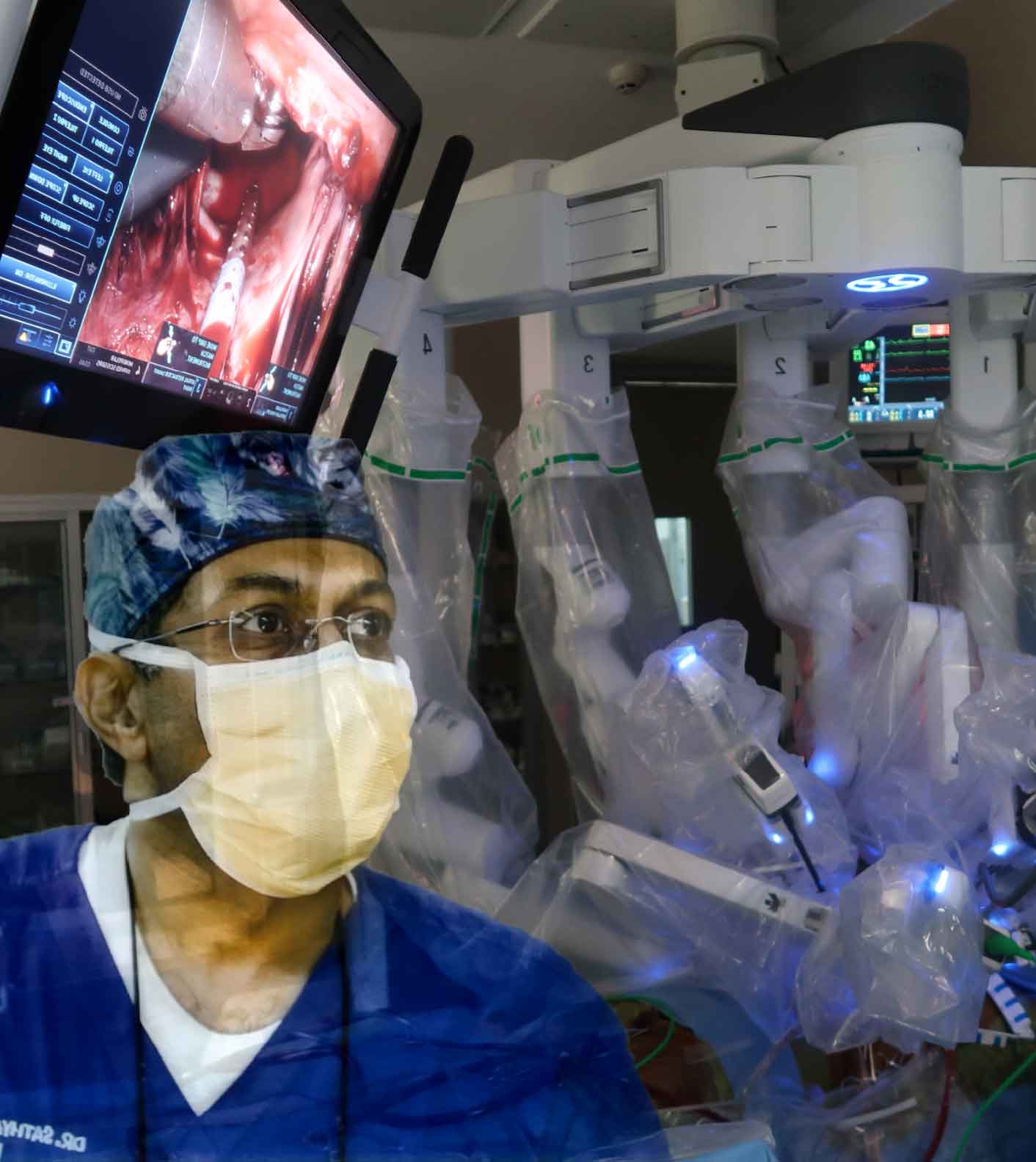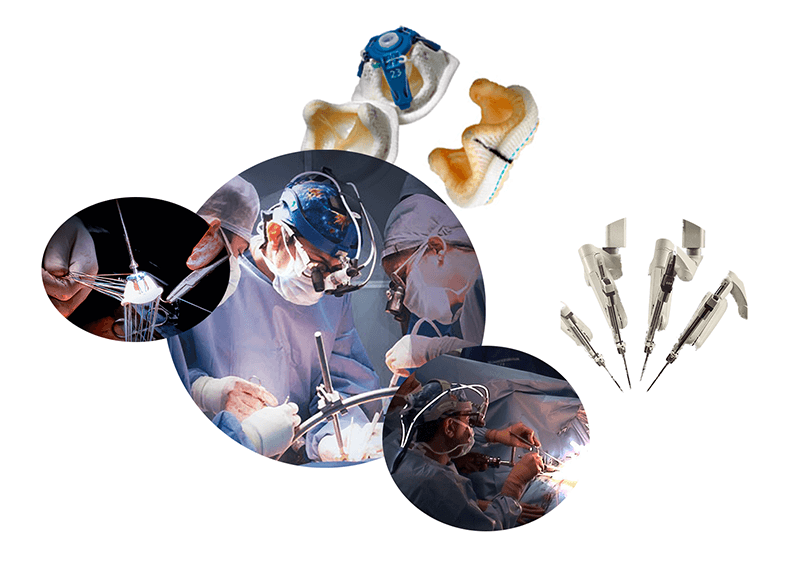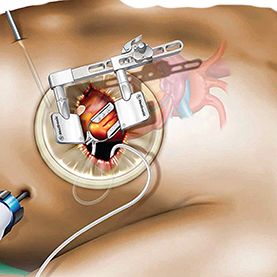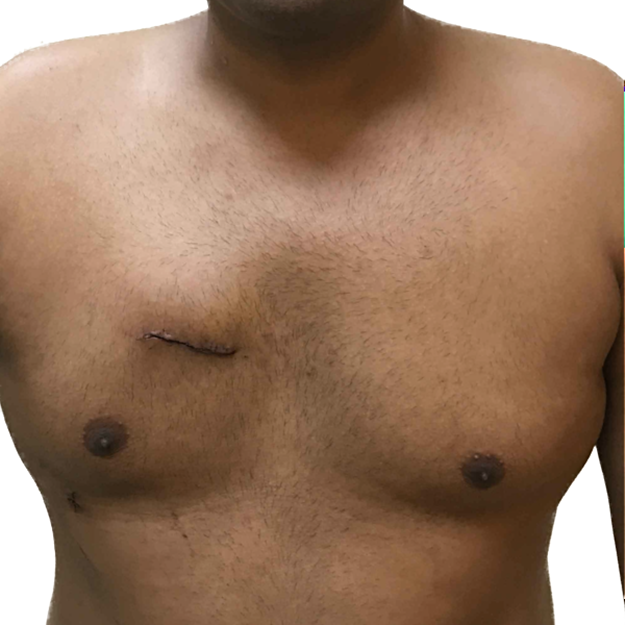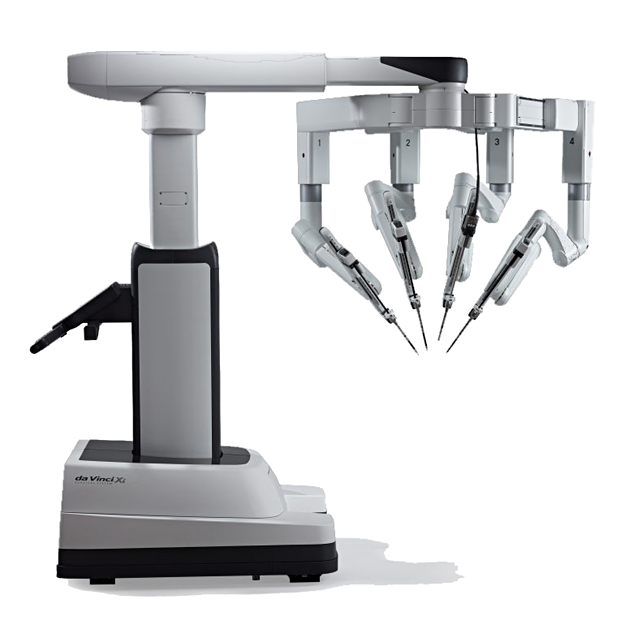Minimally Invasive Cardiac Surgery
The Art Of Healing
Discuss safety, Outcome & benefits
About Us
The Minimally Invasive Cardiac Surgery and Robotic Heart Surgery program was started in 2008. Our early experience with the technique was at the Harvard Medical School’s BWH hospital and since its initiation it’s grown to be the largest minimally invasive cardiac surgery program and the only qualified robotic heart surgery program in the country. With an experience of over 15 years and over 3000 procedures our safety and outcomes are well established in the country as well as among our peers. Our training fellowships are sought after and are frequently attended by surgeons from across the globe. Our contribution to the field is well recognised and our techniques are discussed in scientific forums while being highlighted as the benchmark. Our approach has always been to make heart surgery an acceptable therapy that causes the least amount of discomfort or disruptions and without the fear that its always associated with. In short we want our patients to be happy, independent and satisfied after heart surgery.
Common Procedures
MICS CABG
Multi Vessel Bypass made simple. MICS CABG allows patients to heal faster and recover within a week. Ideal for anyone who needs a bypass surgery.
Minimally Invasive Valve Surgery
Aortic, Mitral or Tricuspid Valve can be replaced or repaired from a small 2 inch cut that allows rapid recovery. Bid ‘Goodbye’ to open surgery.
Robotic Heart Surgery
The ultimate in minimally invasive. Least painful and fastest recovery. High precision surgery with robotic assistance. Suitable for different kinds of heart surgery.
surgeries each year

success rate

Rapid Recovery
minimally invasive procedures
What to Expect
- Consult for an opinion to assess suitablity for Minimally Invasive Cardiac Surgery
- Admit 24 hours prior to surgery for preparation
- Surgeon discusses with family after surgery about the success of the procedure.
- Most patients spend overnight in the ICU and are shifted back to their rooms the next morning.
- The next 48 hours are spent doing a lot of walking, physiotherapy and stair climbing.
- Patients are discharged on the 2nd or 3rd day after surgery depending on their comfort and fitness. Almost all patients at the time of discharge are independent
Book An Appointment
We consult twice a week for patients who have already been treated. If you are a new patient looking for an opinion or if it’s an emergency please call the number above for an early appointment.
“State of the Art” Care
From your first interaction with us to your treatment and subsequent care, each step is tailor made and unique to you. We are thorough with a patients evaluation and our outcomes are testimony to that fact.
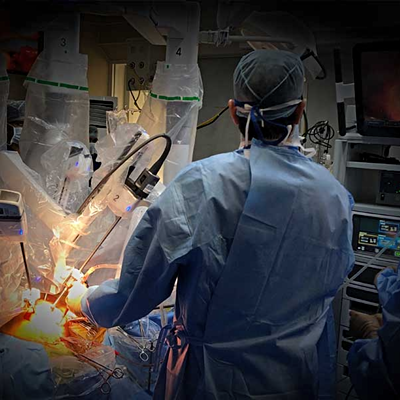
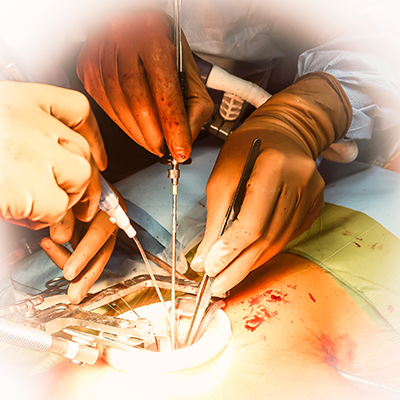
Our advanced techniques are well established and unique.
Many of our advanced techniques are developed in house and are used by surgeons across the world. We bring the best practices from around the world to our operating rooms with the goal of ‘giving the best’ to our patients.
Let’s Heal Better!
Address
The Heart Institute. Apollo Hospital, Bannerghatta Road Bangalore, KA 560 076

